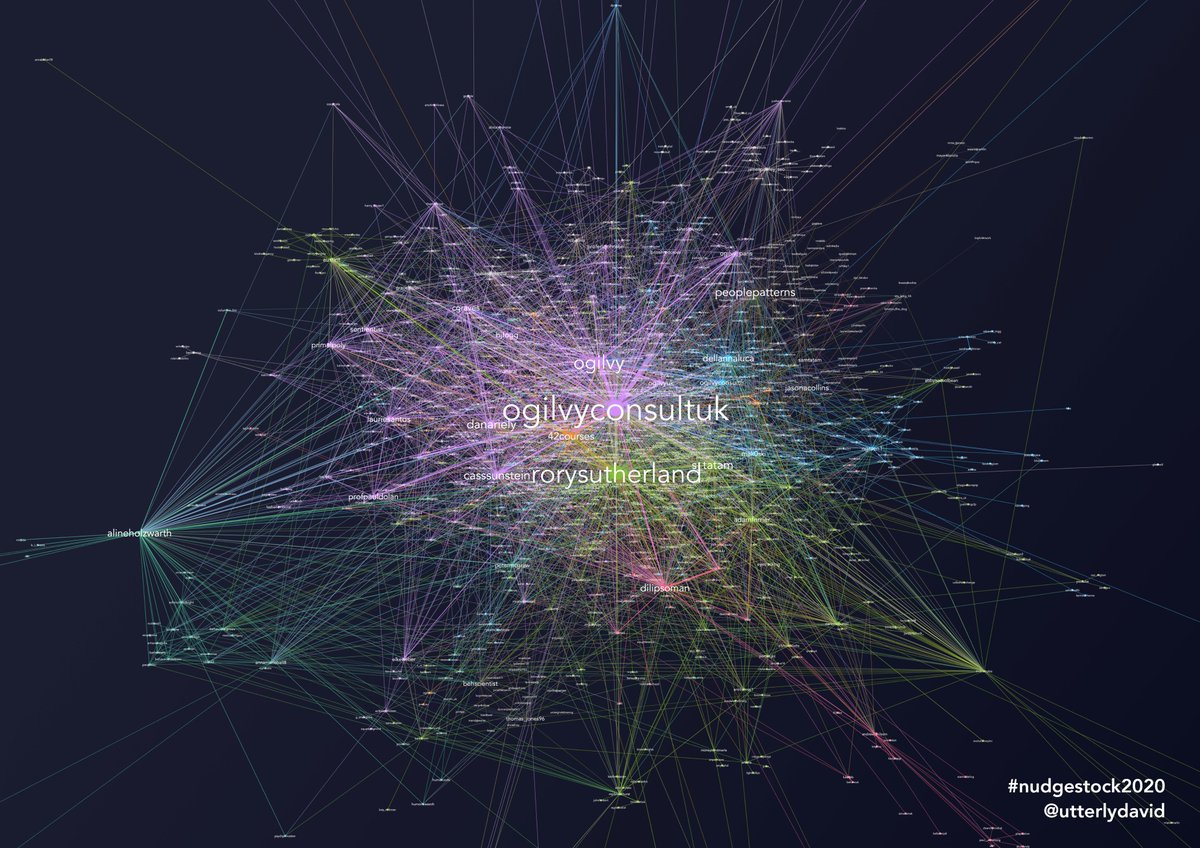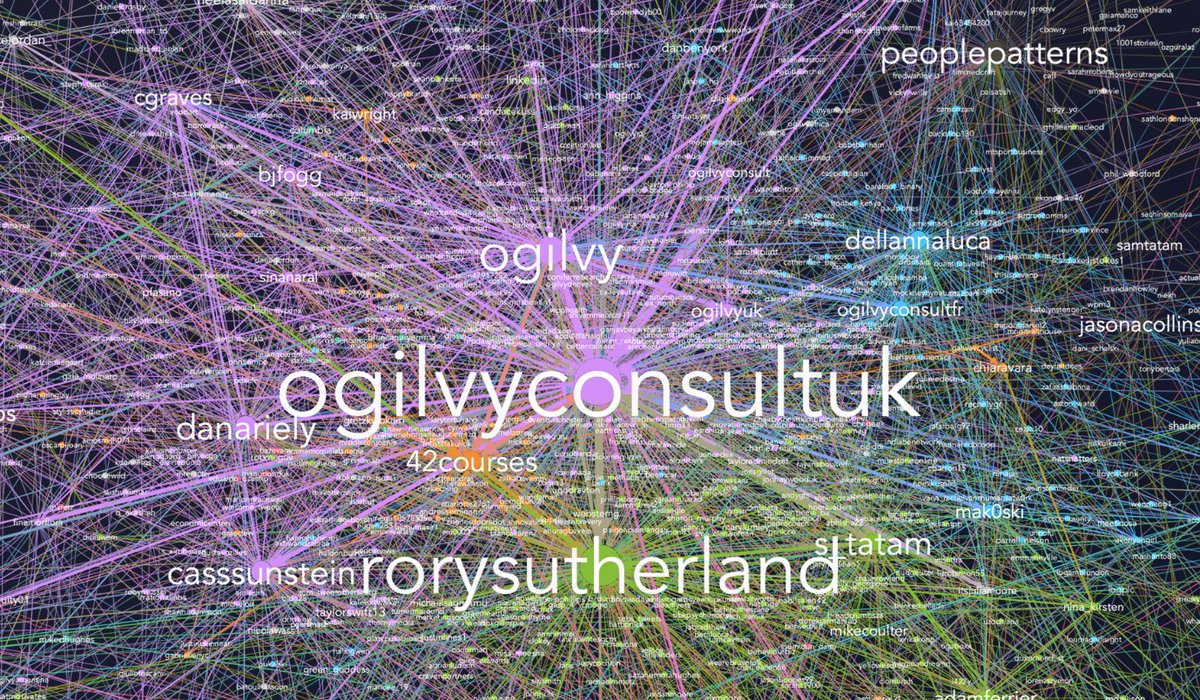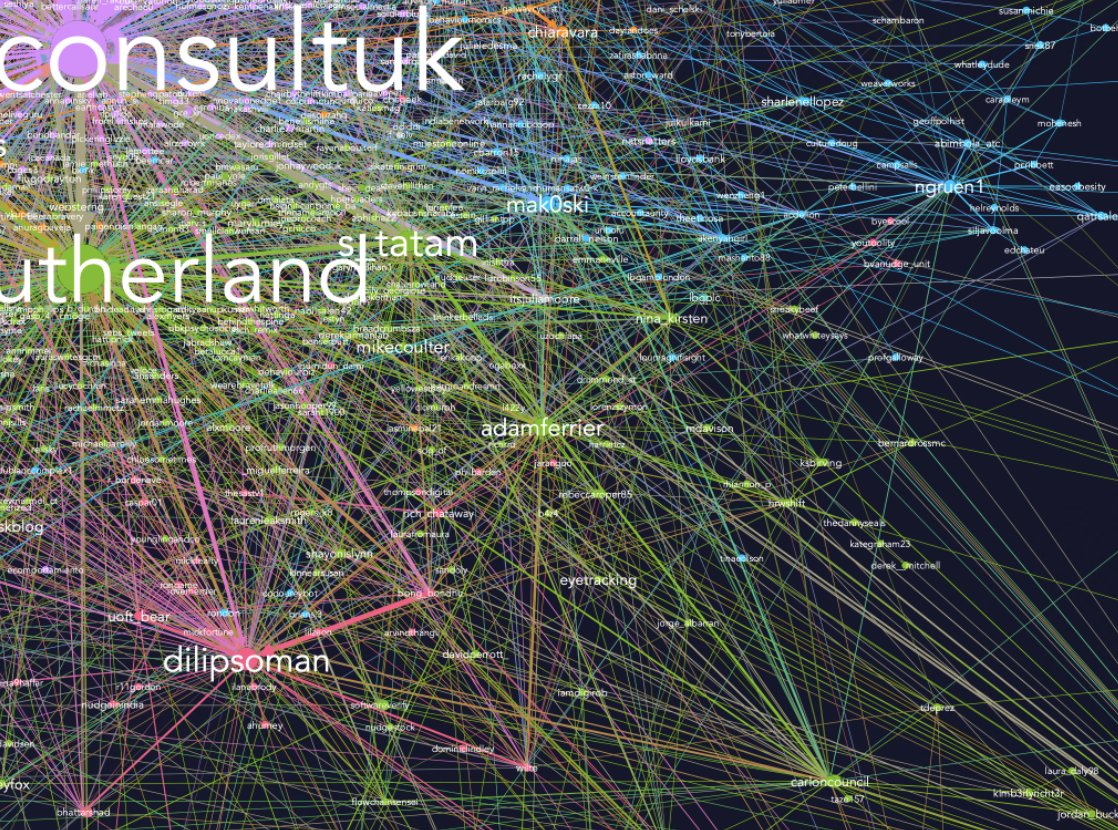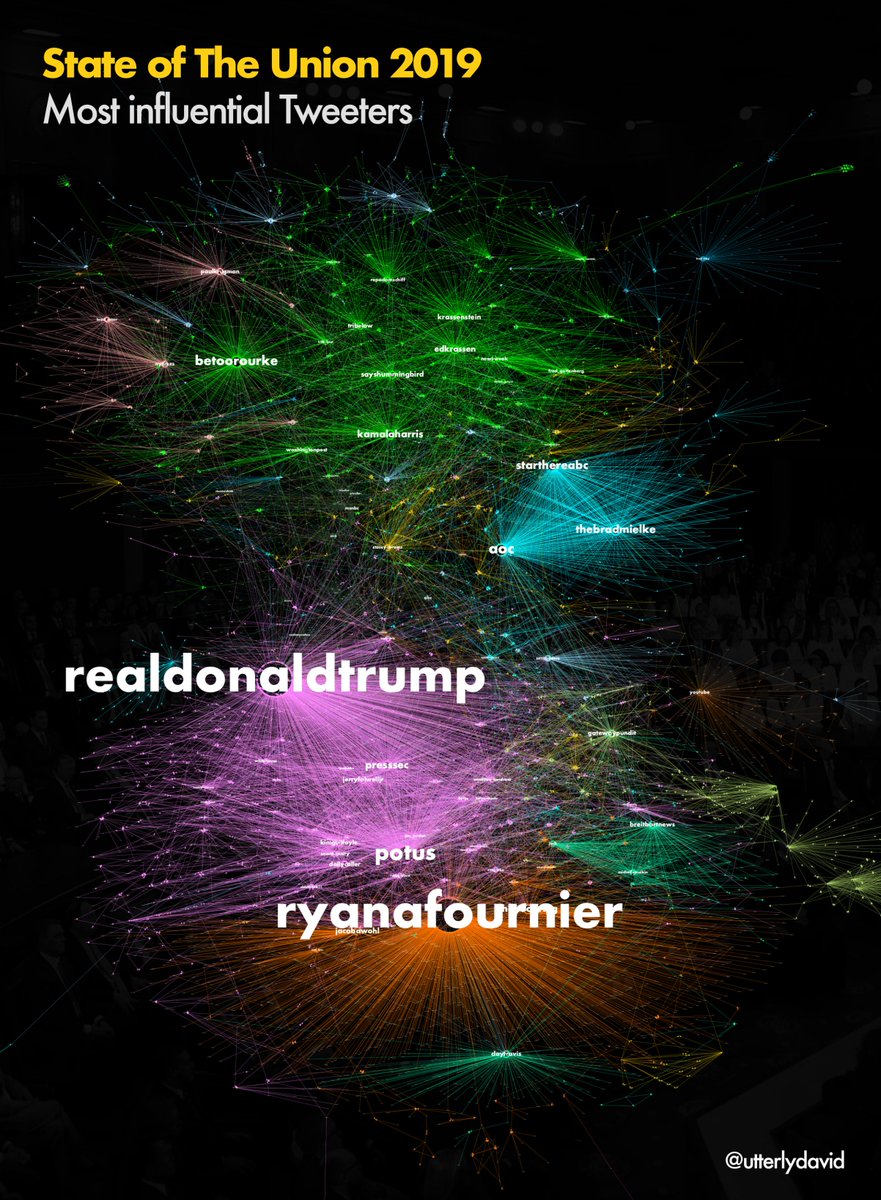
A three ingredient recipe for keeping your human motivated.
Self-Determination Theory and the Facilitation of Intrinsic Motivation, Social Development, and Well-Being.
Paper #5 #30papers30days 👇
Self-Determination Theory and the Facilitation of Intrinsic Motivation, Social Development, and Well-Being.
Paper #5 #30papers30days 👇
Here's how it opens: a joy to read.
"The fullest representations of humanity show people to be curious, vital, and self-motivated. At their best, they are agentic and inspired, striving to learn; extend themselves; master new skills; and apply their talents responsibly."
"The fullest representations of humanity show people to be curious, vital, and self-motivated. At their best, they are agentic and inspired, striving to learn; extend themselves; master new skills; and apply their talents responsibly."
This paper is about our motivation and the conditions required to facilitate it. They identify three ingredients.
• Competence: I believe in my ability to do
• Autonomy: I am *choosing* to do it (even if it's painful)
• Relatedness: I matter to others
• Competence: I believe in my ability to do
• Autonomy: I am *choosing* to do it (even if it's painful)
• Relatedness: I matter to others
You're likely familiar with motivation's two varieties.
🍭 EXTRINSIC: doing something for an outcome. You know it's valuable/ best interests to do it, so you do it.
😌 INTRINSIC: self authored or self endorsed: the natural inclination to do things for the satisfaction of them.
🍭 EXTRINSIC: doing something for an outcome. You know it's valuable/ best interests to do it, so you do it.
😌 INTRINSIC: self authored or self endorsed: the natural inclination to do things for the satisfaction of them.
Two people may have equal talent and equal belief in their abilities, but the person with the most intrinsic motivation will perform better, persist longer and solve problems more creatively.
But intrinsic motivation only flourishes in supportive conditions.
But intrinsic motivation only flourishes in supportive conditions.
Making people feel their effort matters or that they are skilled is not enough. They must feel that their behaviour is self determined.
The authors repeatedly found that adding extrinsic rewards actually undermines intrinsic motivation.
For best results, be autonomy-supportive.
The authors repeatedly found that adding extrinsic rewards actually undermines intrinsic motivation.
For best results, be autonomy-supportive.
One way to increase autonomy and move from unwillingness to passive compliance to active personal commitment is by internalising and integrating it to your sense of self.
To understand these stages better, the authors introduced 'Organismic Integration Theory' (OIT).
To understand these stages better, the authors introduced 'Organismic Integration Theory' (OIT).
0. Amotivation: going through the motions
1. External Regulation: to satisfy an external demand like a deadline for others
2. Introjected Motivation: you're really doing it for yourself to avoid guilt, demonstrate ability or for ego
1. External Regulation: to satisfy an external demand like a deadline for others
2. Introjected Motivation: you're really doing it for yourself to avoid guilt, demonstrate ability or for ego

3. Identified Regulation: consciously doing it because it is personally important to you and your values
4. Integrated Regulation: fully assimilated and congruent with your values and needs.
Note, this is still extrinsic because it is to attain an outcome rather than pure joy
4. Integrated Regulation: fully assimilated and congruent with your values and needs.
Note, this is still extrinsic because it is to attain an outcome rather than pure joy
5. Intrinsic Motivation: *satisfaction*
The best news is this is not a linear process you have to follow. At any point along this spectrum, you can readily internalise any of these states.
Personally, with an arduous task, I remind myself I don't "have to", I "get to" do it.
The best news is this is not a linear process you have to follow. At any point along this spectrum, you can readily internalise any of these states.
Personally, with an arduous task, I remind myself I don't "have to", I "get to" do it.
A string of studies show that greater internalising is associated with ⭐️ adherence to meds ⭐️ weight loss ⭐️ better grades ⭐️ physical exercise ⭐️ environmental activism ⭐️ better intimate relationships.
Light critique.
GOOD: beautifully written; excellently presented; mixed methods from survey to longitudinal to meta-analysis evidenced replication
BAD: few specific explanations of method
BETTER IF: more quantitative arguments
GOOD: beautifully written; excellently presented; mixed methods from survey to longitudinal to meta-analysis evidenced replication
BAD: few specific explanations of method
BETTER IF: more quantitative arguments
Source.
Ryan, R.M. and Deci, E.L., 2000. Self-determination theory and the facilitation of intrinsic motivation, social development, and well-being. American psychologist, 55(1), p.68.
BIG shout out to @garethjharvey for this suggestion. It's a fantastic paper. Others welcome.
Ryan, R.M. and Deci, E.L., 2000. Self-determination theory and the facilitation of intrinsic motivation, social development, and well-being. American psychologist, 55(1), p.68.
BIG shout out to @garethjharvey for this suggestion. It's a fantastic paper. Others welcome.
• • •
Missing some Tweet in this thread? You can try to
force a refresh








